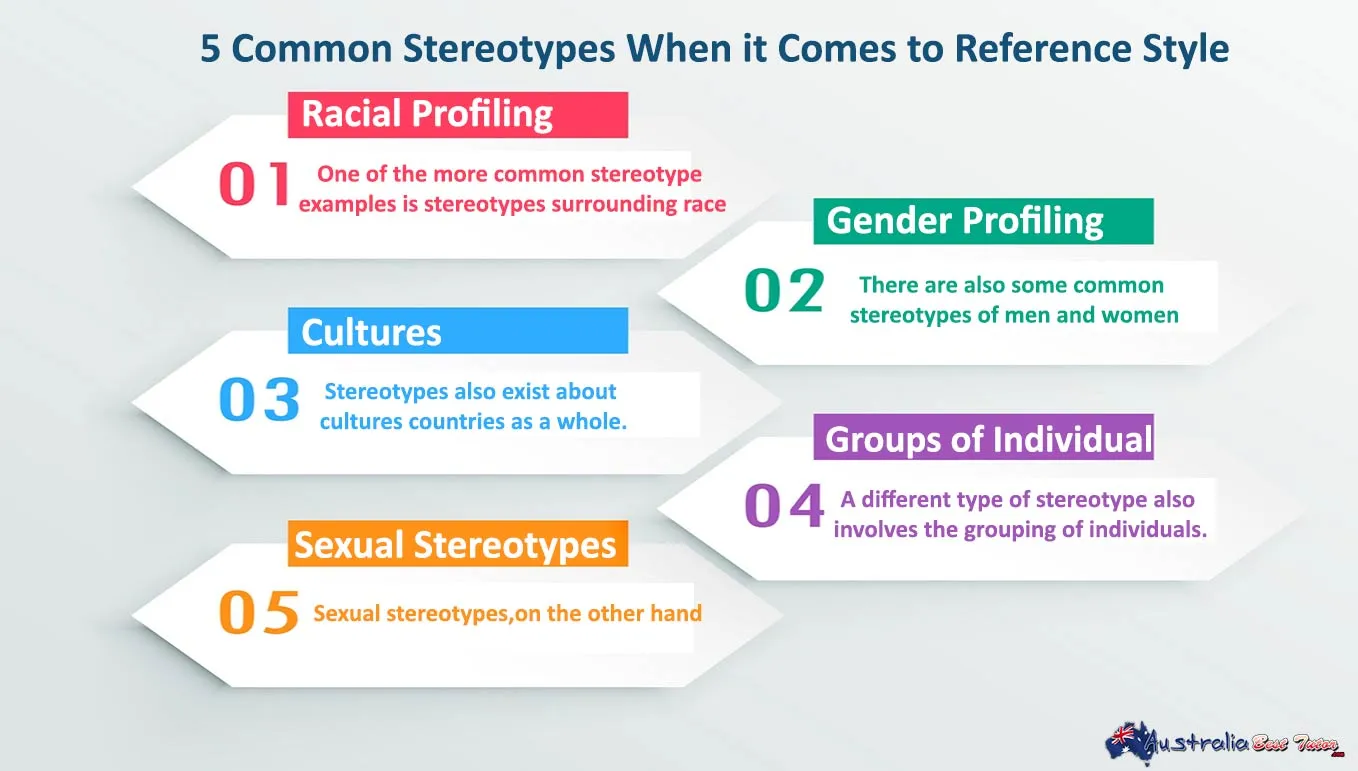5 Common Stereotypes When it Comes to Reference Style
What is stereotyping?
If somebody says, “Asians square measure sensible at math” or “women square measure sympathetic,” I would interrupt, “you're stereotyping” to convey my disapproval of their auditory communication. However, why is stereotyping wrong? Before we will answer this question, we tend to should higher perceive what stereotypes square measure and what stereotyping is. During this essay, I develop what I decided the descriptive read of stereotypes and stereotyping. This read is assumed in abundant of the psychological and philosophical literature on implicit bias and stereotyping, nonetheless, it's not been sufficiently defended. The most objection to the descriptive read is that it fails to incorporate the concept that stereotyping is often objectionable. I argue that this is often truly a good thing about the read. Within the essay's final half, I argue 2 hypotheses that will validate the claim that stereotyping is often virtuously or epistemic-ally wrong. If these hypotheses square measure false—which is extremely likely—we have very little reason to create ethical or philosophical defects into the plan of a stereotype. Moreover, we tend to should abandon the ostensibly enticing claim that judgment people supported cluster membership is in and of itself wrong.

To understand different examples of stereotypes, you should first define what a stereotype is. Any time you grouping races or individuals and make a judgment about them without knowing them, this is an example of a stereotype. Racial remarks, sexual remarks, and gender remarks are the biggest stereotypes.
Common Stereotypes
Racial Profiling
One of the more common stereotype examples is stereotypes surrounding race. For example, saying that all Blacks are good at sports is a stereotype, because it's grouping the race to indicate that every one of that races is a good athlete.
Gender Profiling
There are also some common stereotypes of men and women, such as:
- Men are strong and do all the assignment work.
- Men are the "backbone."
- Women aren't as smart as a man.
- Women can't do as good of a job as a man.
- Girls are not good at sports.
- Guys are messy and unclean.
- Men who spend too much time on the computer or read are geeks.
Cultures
Stereotypes also exist about cultures countries as a whole. Stereotype examples of this sort include the premises that:
- All white Americans are obese, lazy, and dim-witted. Homer Simpson of the TV series The Simpsons is the personification of this stereotype.
- Mexican stereotypes suggest that all Mexicans are lazy and came into America illegally.
- All Arabs and Muslims are terrorists.
- All people who live in England have bad teeth.
- Italian or French people are the best lovers.
- All Blacks outside of the United States are poor.
- All Jews are greedy.
- All Asians are good at math. All Asians like to eat rice and drive slowly.
- All Irish people are drunks and eat potatoes.
- All Americans are generally considered to be friendly, generous, and tolerant, but also arrogant, impatient, and domineering.
Groups of Individuals
A different type of stereotype also involves the grouping of individuals. Skaters, Goths, Gangsters, and Preps are a few examples. Most of this stereotyping is taking place in schools. For example:
- Goths wear black clothes, black makeup, are depressed and hated by society.
- Punks wear Mohawks, spikes, chains are a menace to society, and always getting in trouble.
- All politicians are philandering and think only of personal gain and benefit.
- Girls are only concerned about physical appearance.
- All blonds are unintelligent.
- All librarians are women who are old, wear glasses, tie a high bun and have a perpetual frown on their face.
- All teenagers are rebels.
- All children don't enjoy healthy food.
- Only anorexic women can become models.
- The elderly have health issues and behave like children.
Sexual Stereotypes
Sexual stereotypes, on the other hand, suggest that any feminine man is gay and any masculine woman is a lesbian. Those who believe in gay stereotypes may also believe that homosexuality is immoral, wrong, and an abomination.




